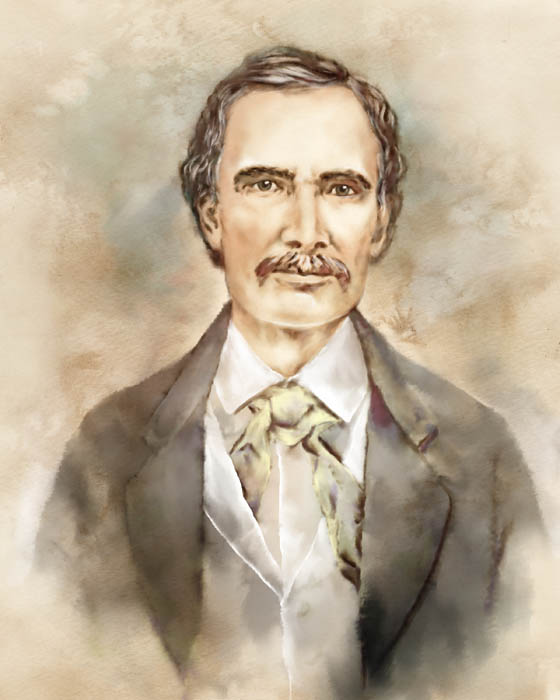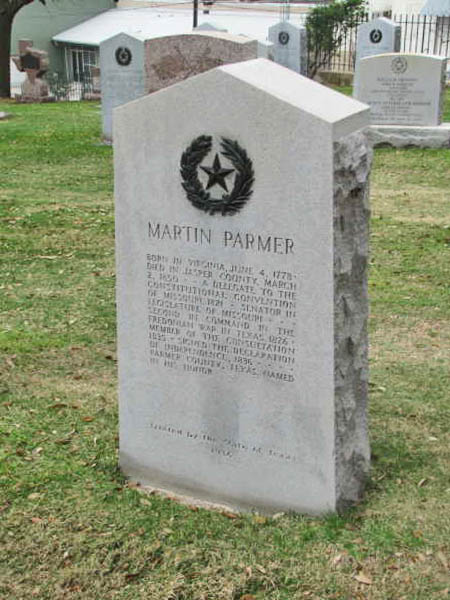
The Unflinching Gaze: Martin Parr and the Art of the Everyday
A flash of garish light, a close-up of a greasy chip, a sea of sunburned flesh on a crowded beach – these are the indelible hallmarks of Martin Parr. For over five decades, the British photographer has carved out a unique and often controversial niche, using his distinct visual language to dissect the absurdities, banalities, and poignant truths of modern life. He is a social anthropologist with a camera, a provocateur with a wry sense of humour, and an artist whose work forces us to confront the very fabric of our consumer-driven, leisure-obsessed societies.
Born in Epsom, Surrey, in 1952, Parr’s journey into photography began in the rather less glamorous surroundings of Manchester Polytechnic, where he studied from 1970 to 1972. His early work, often in black and white, hinted at his fascination with the mundane and the overlooked. Projects like Bad Weather (1982), which captured Britons enduring their notoriously damp climate, showed an early affinity for the quirks of national character. However, it was the switch to medium format colour, coupled with a direct flash, that truly unleashed his distinctive vision and cemented his reputation. This technical shift was not merely aesthetic; it was a conceptual choice that allowed him to highlight the artificiality and hyper-reality of the world he was observing. The saturated colours and stark details created a sense of heightened reality, a visual punch that immediately grabbed the viewer’s attention.
The series that catapulted Parr into the international spotlight, and remains perhaps his most iconic, is The Last Resort: Photographs of New Brighton (1983-85). Set in a decaying seaside resort near Liverpool, the images offered a poignant, often uncomfortable, look at working-class families on holiday during the Thatcher era. Children with ice cream melting down their faces, overflowing bins, gaudy arcade games, and the relentless pursuit of simple pleasures against a backdrop of economic decline – Parr’s lens captured it all with unflinching honesty.

The reception to The Last Resort was polarised. Critics hailed it as a groundbreaking social document, a raw and honest portrayal of a specific moment in British history. Others accused Parr of being a snob, of mocking his subjects and presenting them in an unflattering light. This charge of condescension would follow him throughout his career. Yet, Parr has consistently maintained that his work stems not from judgment, but from a genuine fascination and, indeed, affection for the people and places he photographs. "I am not a cynical person," he once stated. "I’m fascinated by human beings and the way they behave. I photograph what I love." He saw New Brighton not as a place of misery, but as a vibrant, if sometimes chaotic, expression of working-class culture. His photographs, he argued, were a reflection, not a condemnation.
Following the success of The Last Resort, Parr’s gaze broadened, but his core themes remained consistent: the rituals of consumption, the pursuit of leisure, and the globalised culture that binds us. His next major project, Small World (1987-94), took him around the globe, documenting the burgeoning phenomenon of mass tourism. From Japanese tourists meticulously photographing European landmarks to American families queuing for theme park rides, Parr revealed the universal absurdities of modern travel. The series highlighted the irony of seeking unique experiences only to find oneself surrounded by countless others doing the exact same thing, all captured through his signature lens of garish colour and close-up detail.
In Common Sense (1995), Parr presented a vast collection of images – over 150 photographs – depicting consumer goods, packaging, and the detritus of everyday life. This project, often displayed in cheap, mass-produced frames, underscored his fascination with the sheer volume and often tacky aesthetic of contemporary material culture. It was a visual inventory of late-20th-century excess, a commentary on how much we accumulate and how quickly it becomes disposable.
Parr’s work is deeply embedded in the tradition of documentary photography, yet he pushes its boundaries, blurring the lines between objective observation and artistic commentary. His photographs are often characterised by a sense of dark humour, a subtle irony that invites viewers to laugh, cringe, and ultimately, reflect on their own lives. He achieves this through several key techniques:
- Colour and Flash: The hyper-saturated colours and harsh, direct flash flatten perspective, eliminate shadows, and highlight every minute detail, giving his subjects an almost sculptural quality. This aesthetic is often described as "anti-aesthetic" – deliberately eschewing conventional notions of beauty to reveal a different kind of truth.
- Close-ups: Parr frequently gets uncomfortably close to his subjects, whether it’s a plate of food, a sunburnt face, or a gaudy souvenir. This intimacy forces the viewer to confront the details, often revealing textures and expressions that might otherwise be overlooked.
- Juxtaposition: His photographs often create visual narratives through the juxtaposition of elements – a pristine natural landscape marred by litter, a moment of quiet reflection interrupted by a garish advertising billboard. These contrasts underscore the inherent contradictions of modern existence.

Beyond the grand themes of consumerism and tourism, Parr has consistently returned to his homeland, meticulously documenting the quirks and eccentricities of British life. Think of England (2000) is a quintessential example, a visual compendium of all things quintessentially English: garden fêtes, pub lunches, rain-soaked promenades, and the unwavering British resolve to make the best of it, even when "it" isn’t particularly good. His photographs of British food, from full English breakfasts to soggy chips, are particularly iconic, celebrating the comforting, if sometimes unappetising, culinary traditions of the nation.
Parr’s influence extends far beyond his own photographic output. He is a passionate collector of photobooks, amassing an archive of over 12,000 volumes, which he has extensively catalogued and written about. His three-volume The Photobook: A History (co-authored with Gerry Badger) is considered a seminal work in the field, elevating the photobook itself to an art form and providing invaluable insight into photographic history. This curatorial instinct also led him to publish Boring Postcards (1999), a collection of delightfully mundane postcards from the 1960s and 70s, celebrating the beauty in the utterly unremarkable.
In 1994, Parr achieved a significant milestone in his career by joining Magnum Photos, the prestigious international photographic cooperative. His acceptance was not without controversy, as his vibrant, often provocative style challenged the traditional black-and-white photojournalism for which Magnum was historically known. However, his unique vision ultimately enriched the agency, and he served as its President from 2013 to 2017, using his position to champion new voices and push the boundaries of documentary photography.
The enduring appeal and occasional controversy surrounding Martin Parr’s work lie in its ability to hold up a mirror to society. He doesn’t offer easy answers or saccharine sentimentality. Instead, he presents us with the raw, unvarnished truth of our collective experience, inviting us to look closer, to question our habits, and to find both humour and pathos in the everyday. His photographs are not merely records; they are social commentaries, cultural critiques, and, ultimately, celebrations of humanity in all its glorious, messy, and often absurd forms.
In a world increasingly saturated with curated, filtered images, Martin Parr’s unflinching gaze remains more relevant than ever. He reminds us that true beauty, and indeed true understanding, often lies not in the idealised, but in the imperfect, the overlooked, and the wonderfully, defiantly ordinary. He doesn’t just take pictures; he helps us see.


